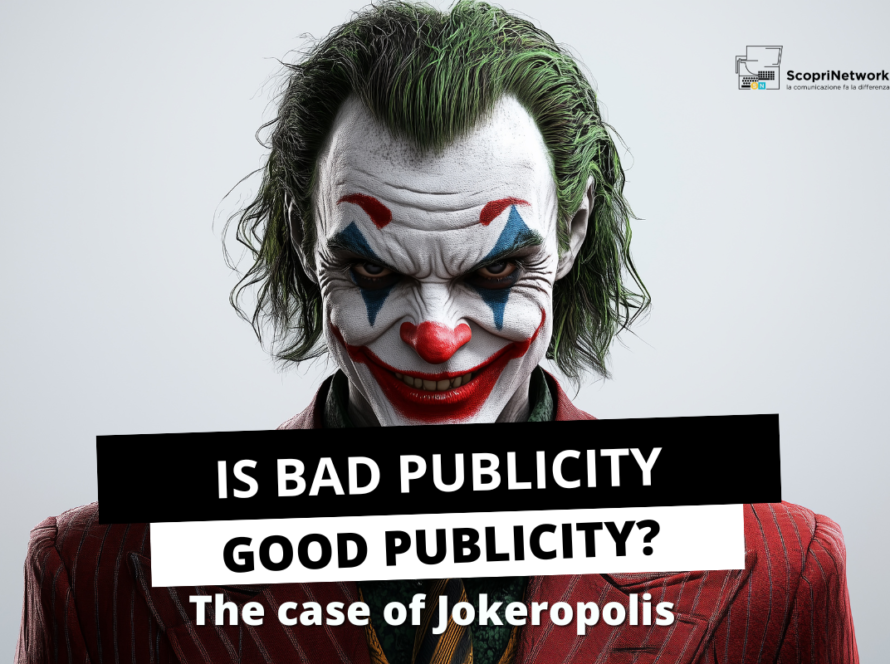In recent years, Italian tennis has undergone a radical transformation, and at the center of this revolution is one name: Jannik Sinner. From a quiet promise to an international superstar, the young South Tyrolean has become much more than an athlete: he is a media phenomenon, a brand, and perhaps unintentionally, even a symbol.
A perfect tennis player for an imperfect era
Sinner is not only one of the strongest tennis players in the world. He also represents a sports ideal that seemed lost: dedication, discipline, silence, humility. There are no excesses in his statements, no controversies in his behavior. In an era where spectacle dominates every sport, Sinner has won over everyone not by putting on a show, but simply by playing better than anyone else.
His victory at Wimbledon 2025, which consecrated him among the greatest in the history of Italian and international tennis, marked a turning point. Not only because of the sporting achievement itself, but for the symbolic impact it had: an Italian winning the most prestigious tournament in the world, on the sacred grass of London, with elegance and coldness, is something that goes beyond sports news.
And precisely this apparent “non-television personality,” so far from what normally attracts the spotlight, has become his strength. Brands quickly understood this: Sinner is not just a champion, he is an ideal model, credible because he is authentic.
This is the case of Nike, one of his main sponsors, which included him in a global campaign alongside stars like Federer and LeBron James. Ads with epic, quiet, almost minimal tones that exalt his concentration, composure, and determination. Sinner doesn’t speak, but he communicates—and does so with every gesture on the court.
Nike and the return to roots: the Sinner case as a turning point
In recent years, Nike experienced a deep crisis not so much related to products, but to a strategy that replaced meaning with metrics. Starting in 2020, under the leadership of former CEO John Donahoe, the brand adopted a hyper-rational marketing approach, focused exclusively on maximizing return on investment (ROI). This model, defined by some analysts as “ROIsm,” led Nike to disinvest in culture, relationships, and brand equity, cutting sports categories, firing hundreds of specialists, and betting everything on direct-to-consumer (DTC) digital sales. The result? A dramatic weakening of the emotional bond with the public: declining brand awareness, forgettable campaigns, halved social engagement, and a collapse in Net Promoter Score.
But in 2024, after losing 25 billion dollars in a single day on the stock market, Nike began to change course. The return of Elliott Hill – a brand veteran – and the revival of sports categories, wholesale channels, and investment in research and storytelling mark an attempt to reconnect with its DNA. The use of Jannik Sinner’s image right after his Wimbledon victory is a perfect example: no forced slogans, no call to action, just three evocative words: “Winning heals everything.” A powerful and measured message, aligned with Sinner’s identity and Nike’s new direction: returning to telling sport as a collective, cultural, emotional experience—not just a short-term conversion. It’s a clear lesson for any brand: when you betray what made you relevant, you lose your place in people’s hearts.
Media impact: tennis rediscovered
With Sinner, tennis has also ceased to be a “niche” sport in Italy. Until a few years ago, tennis was considered secondary to football, Formula 1, or MotoGP. Today, every one of his matches is a national event. The viewing figures for his finals and semifinals have broken historical records, with millions of viewers tuning in at all hours of the day (and night).
It’s not just passionate sports fans: Sinner has attracted a broad audience, from young people to those over 60, from those who had never followed a match before to those who returned to watching after years. This “Sinner effect” has had concrete repercussions on the territory: growing tennis club memberships, increased investment in the sector, greater television and journalistic coverage. Tennis has finally returned to being a top sport, driven by a young man who communicates mostly with his racquet, not words.
The silence of the absent
While the country hails him, some remain silent. Many have noticed a certain institutional absence at key moments in Sinner’s career. No political representatives in the stands during his finals, no official tweets until his results were already consolidated. Such discretion made noise. Perhaps a deliberate choice to avoid “politicizing” the phenomenon, or simply an oversight. But in a country where sport is often used as a showcase, the coldness with which part of the public apparatus reacted to the tennis player’s successes invites some reflection.
Sinner doesn’t speak, but he communicates
What makes the Sinner phenomenon even more interesting is that Jannik is not a communicator in the traditional sense, yet he communicates powerfully. His silences, his focused looks, his almost embarrassed shyness in front of cameras—all contribute to building a rare character who is liked precisely because he never tries to be liked. He is living proof that you don’t need to be theatrical to be successful, and that elegance—in playing style and manners—can still make a difference.
In a world where everything is immediately shared, told, and often shouted, Sinner is the anomaly that works. The “good guy” who doesn’t need to reinvent himself or tell personal dramas to be heard. Just watching him play is enough to understand who he is. And this, today, is perhaps his greatest merit.





